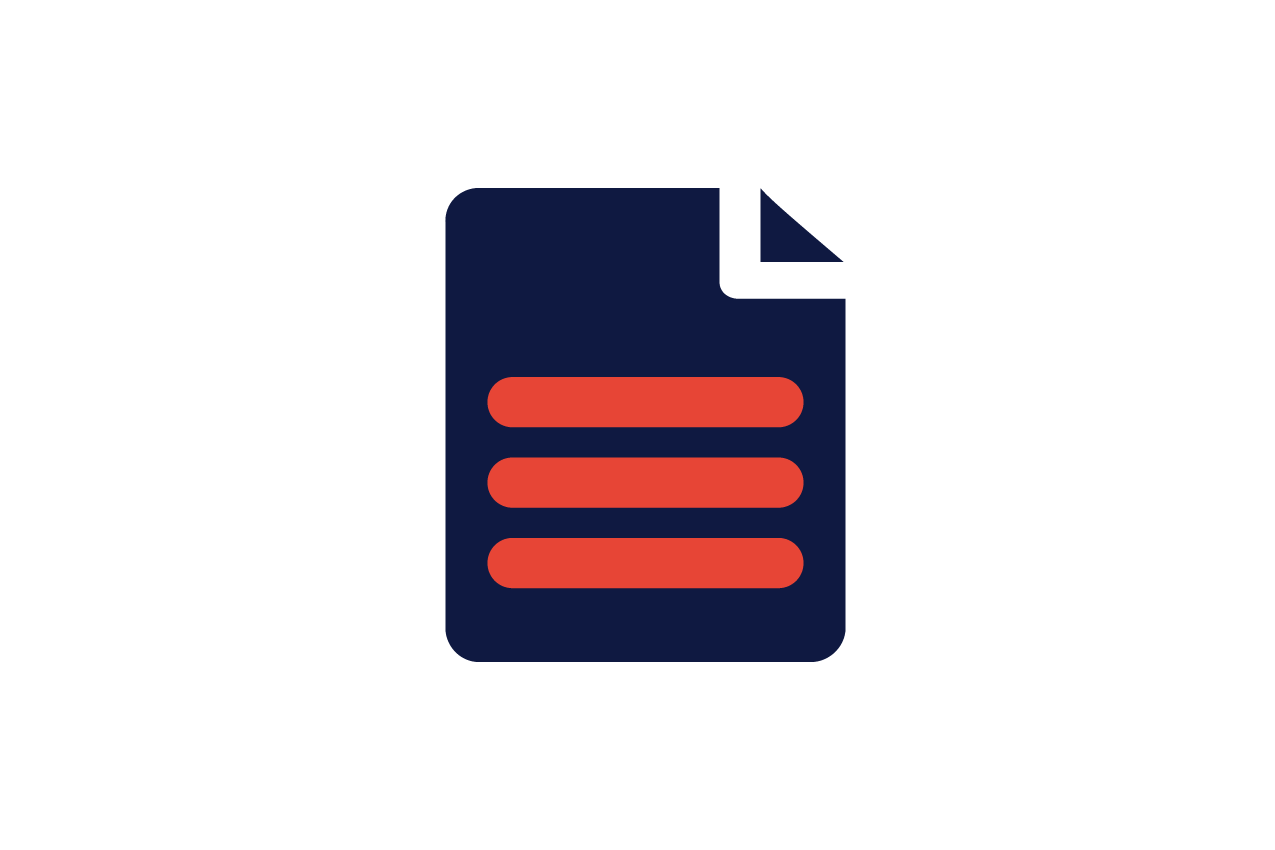For many educators and teachers, one of the most daunting aspects of looking for a new job is working out how to write a stand-out resume.
A resume is essentially your first impression and it can be the difference between landing your dream teaching job or having to settle for something else. Simply put, it's a one- to two-page document that sums up your work qualifications, experience, skills and teaching philosophy.
Often centres are swamped by hundreds of applications, and a manager may only have a couple of minutes to scan each one.
The resumes that attract the most attention (and ultimately land interviews) are those that outline your achievements and experience in a short, sharp and proactive way.
They include the most relevant information up top, so it’s important that you make your resume concise, easy to read and follow a reverse-chronological order - that is, list your most recent job history and education first.
Employers will be looking for the below key information about you, so remember to check each off the list!
- Contact details
- Career strengths
- Employment history
- Education and training
- Referees
our step-by-step guide to writing a resume
your contact details
Your name, address, phone number and professional email address should be displayed prominently at the top of your resume. It is best practice to use your full name (not a nickname).
personal/career objective
This is a chance for you to detail in one or two short, concise sentences what your career aspirations are and how they relate to your current qualifications.
Explain why you are looking for work (example: you want a new challenge, you want to upskill etc.), what you are looking for in your next job (list the actual job titles) and why you are qualified to apply for these roles.
A common mistake is forgetting to include the 'what's in it' for the centre - this is your chance to sell yourself, and outline what it is that is unique about you, and the benefits your potential employer will gain if they hire you.
For example:
- Having worked within the early learning industry for (x) amount of years, I have extensive experience working as (job title). I am currently seeking a new challenge and exciting work environment where I can utilise my skills (list your skills here), and knowledge (in the areas of x, y z) to achieve (x,y,z outcomes).
key strengths
Along with your formal qualifications, the personal qualities and skills you have make a big difference in landing the job. This section of your resume should be in dot-point (up to 10 points) and outline your key skills and attributes, such as 'effective communicator', 'organised', 'energetic'.
Top hint: if you are struggling to come up with ideas for the type of skills you have, search on the Randstad jobs board for a job title that matches the ones you are looking for. Usually, job descriptions include a 'candidate attributes' or 'responsibilities' section, and if you can match up your skills to those of what is required for the job, you will be much more compelling to your prospective employer.

work experience
This area is usually the most important and should include all your recent and past employment history, including paid and unpaid work. Use strong, clear wording and always be prepared to back up what is written on the resume in your interview.
A good format to follow is:
- Job title
- Name of employer (and the address or suburb of where it was located)
- Dates of employment
- List of key responsibilities and achievements (Hint - try to put yourself in the mind of your potential employer - what type of keywords and key responsibilities would they be looking for as they scan each resume? Make sure you not only list your day-to-day duties but also how the centre you worked for benefited from your contribution)
- Any awards or recognition you may have received during your time at this company
education & training
Don't underestimate the value of outlining your education and qualifications - particularly for those who have limited job experience.
Your education and training section can cover anything from university degrees, TAFE diplomas and certificate courses plus any other professional training you may have undertaken.
A good format to follow is:
- Name of degree/diploma/certificate etc
- Name of the education institution
- Location of the education institution
- Graduation date
- Any course credits or key achievements pertaining to this course (e.g. Finished in the top 5% of class with high distinctions)
professional memberships - Do you belong to any industry associations or hold memberships that pertain to the role you are applying to? If so, you can list these here - eg. Member of the Early Learning New Zealand Association.
A good format to follow is:
- Name of association
- Your role/title within the organisation
- Years/months active within the organisation
- Any honours received
hobbies and interests (optional)
Many centres now look not just at your skills and experience, but also at how you would fit into the team.
For this reason, it is sometimes worth including a short list of your hobbies and interests to give them a sense of who you are and what you enjoy doing outside of work hours.
Whatever your hobbies, if you do indeed decide to include this section, be careful in terms of what you want to divulge - there is always a chance that this section could work against you if the reader dislikes or is threatened by the activities you list.
references/referees
References and referees are usually listed at the end of your resume. This can be a list of approx. two to three people who you have worked with in the past or present - usually your managers, or ex-colleagues. Always ask for permission before listing someone as a reference.
A good format to follow is:
- Full name of the referee
- Job title of referee
- Company name of the referee
- Location of company
- Phone number of referee
- Email address of a referee
Sourcing good references (both written and verbal) is an important aspect of your job search. The people you list will be called and asked to provide some information on your relationship with them and give an indication of how you performed in your role when they knew you.
Usually, contact details for referees are not required until the very latter interview stages - so you have the choice of providing their reference details on your resume or simply including a line in this section saying references are available upon request.
using LinkedIn
Many employers in early learning now look to LinkedIn - a social network for professionals - to find potential candidates. Uploading and maintaining an active profile is just as important as your resume.
You can also use the platform to connect with current and former colleagues, research prospective employers and link to people you meet at industry events and so on. It’s also a great place to hear about job postings.




